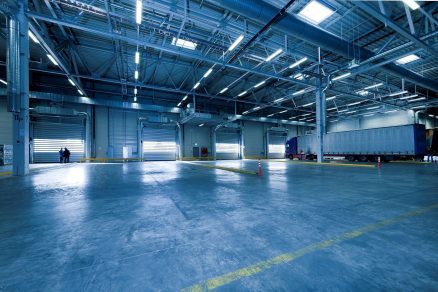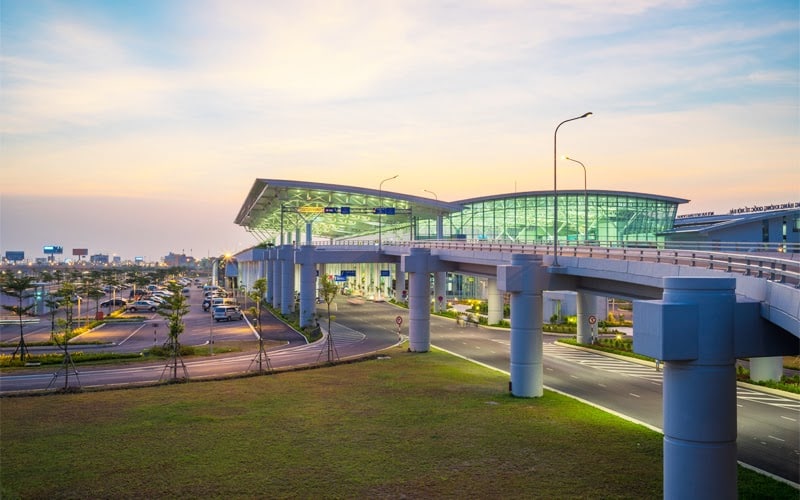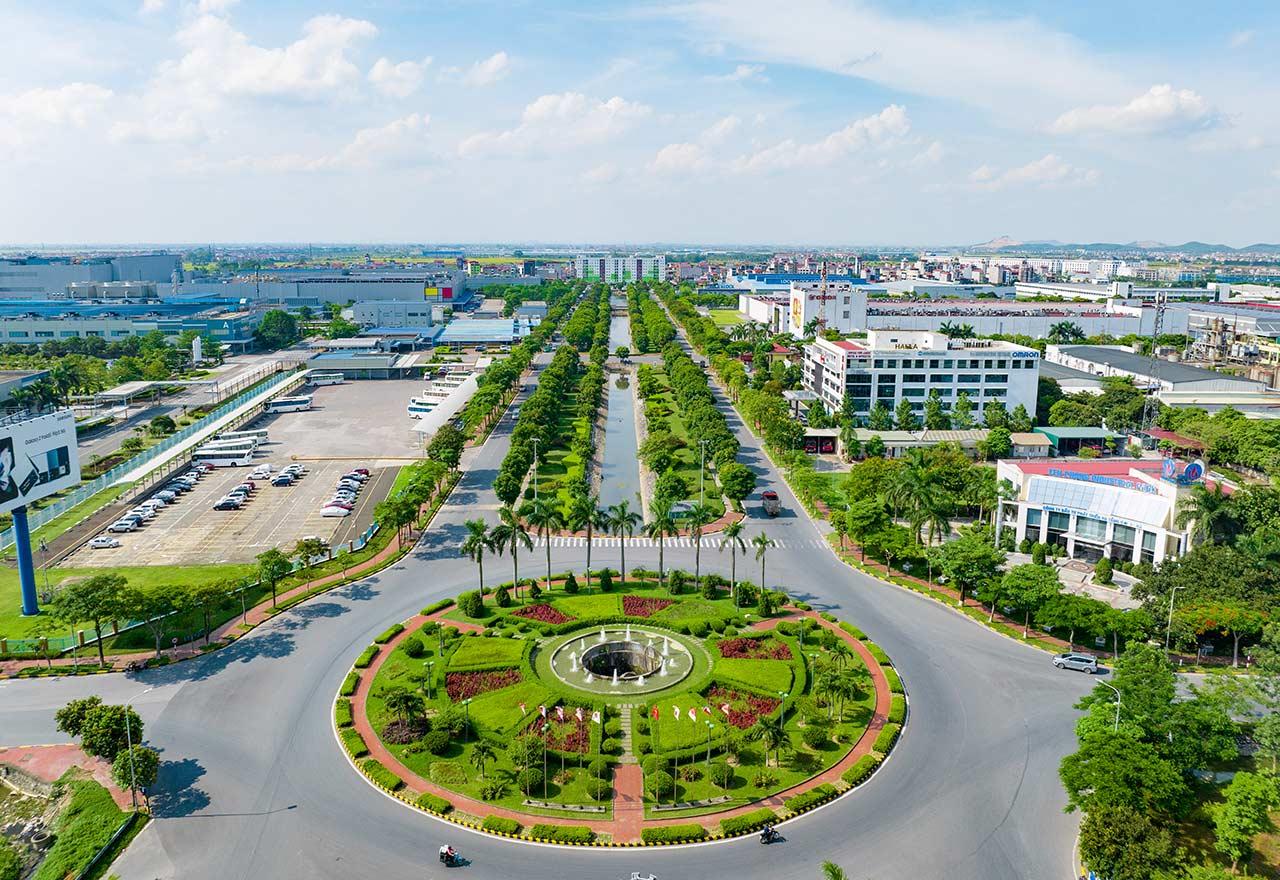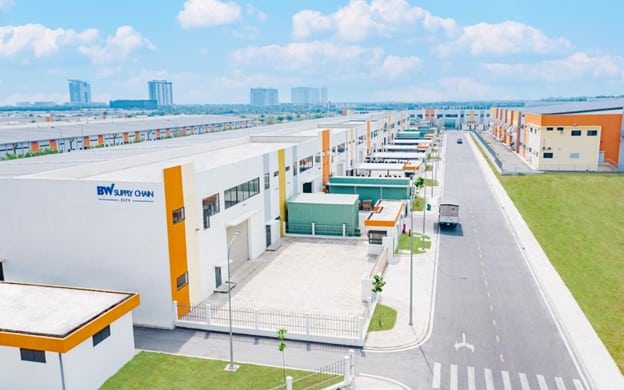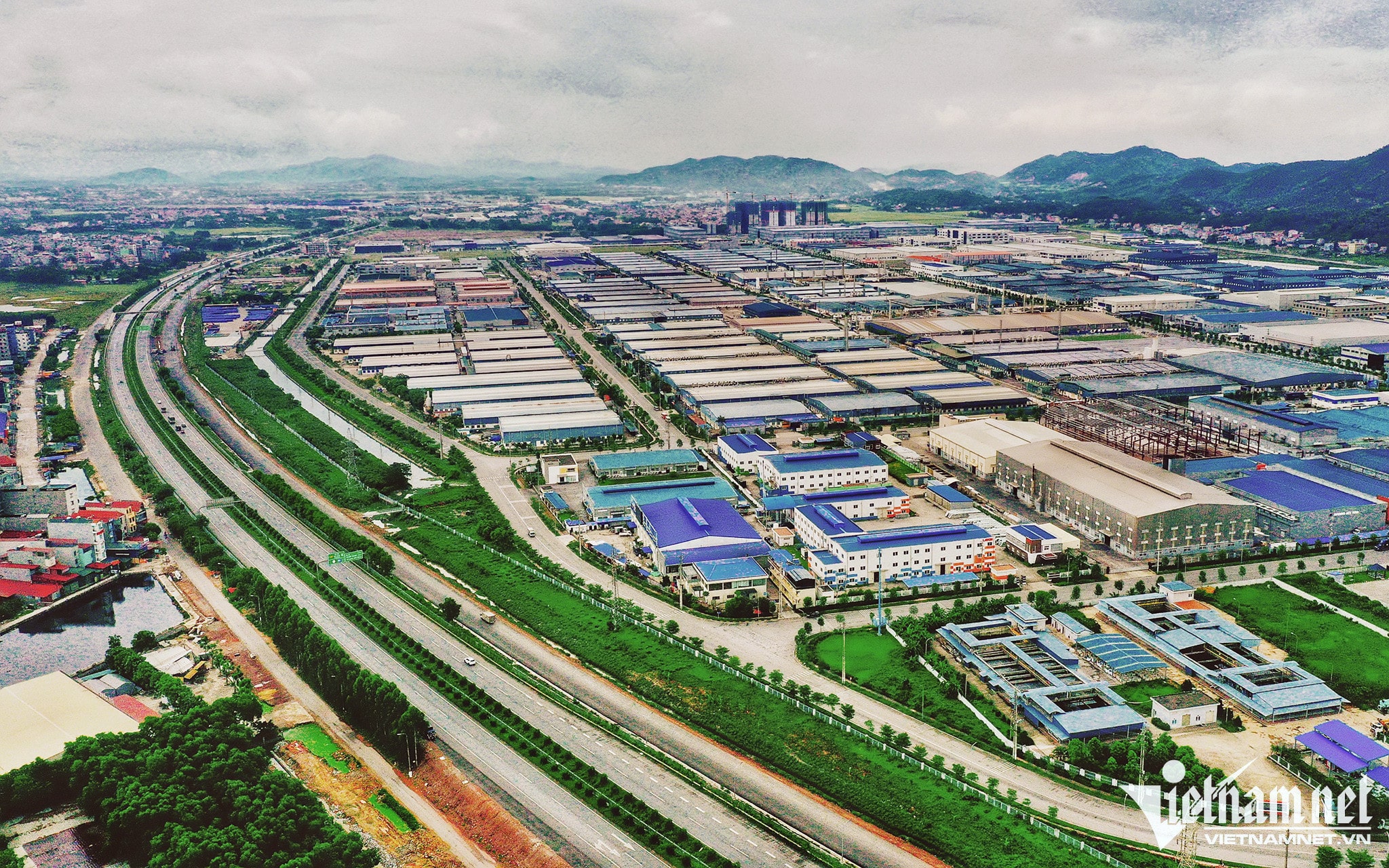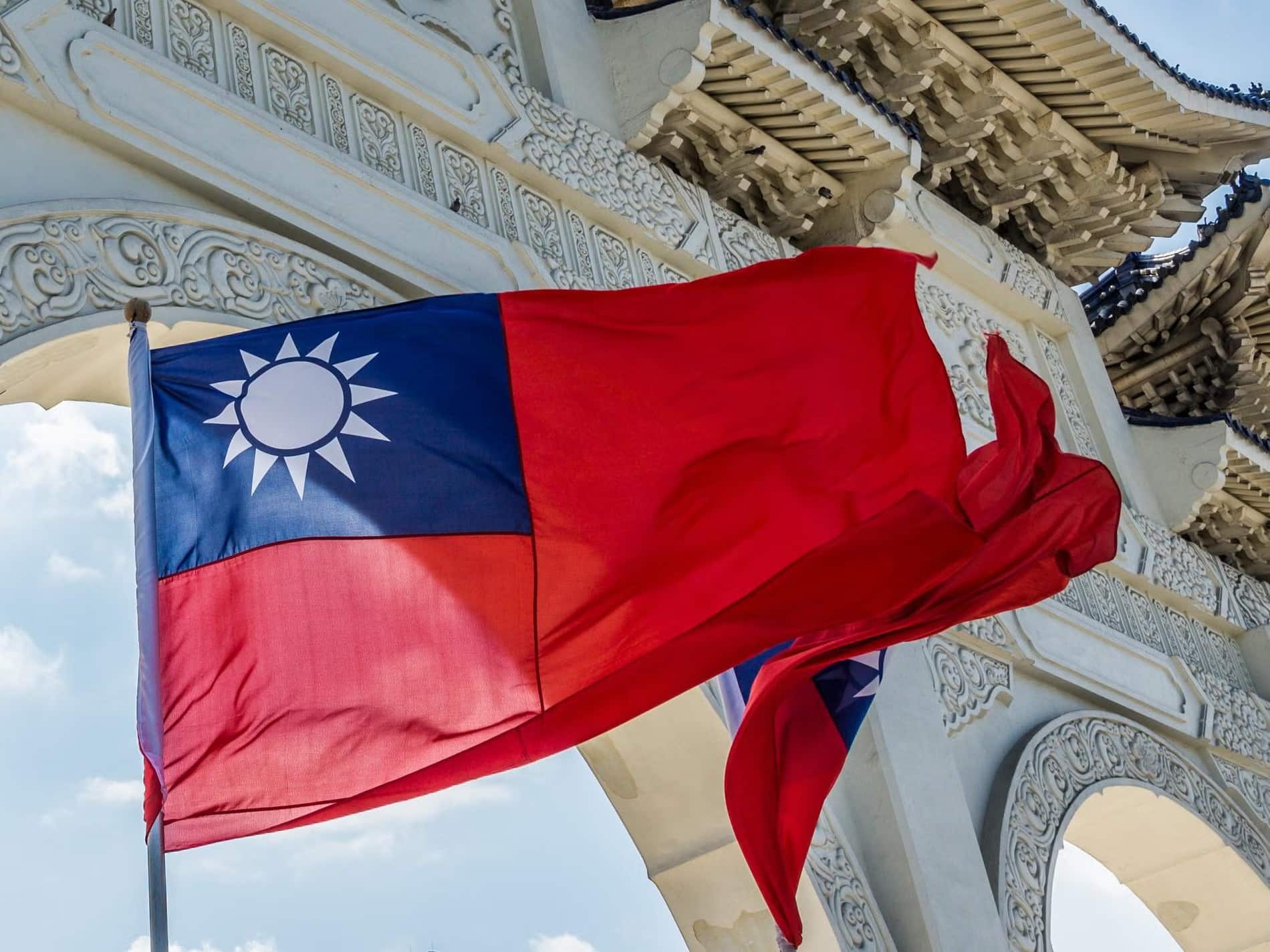Industrial property investment has become a highlight in Vietnam as it has benefited from the US-China trade war. Vietnam’s closeness to China and other Southeast Asian nations has contributed to the country’s continued competitiveness and connectivity to global supply chains.
The country has grown its GDP by between 6% and 7% annually over the last decade. The country’s low prices, political stability, investor-friendly legislation, improved infrastructure, and state-backed attempts to foster technology entrepreneurs add to its attraction. Follow Savills Industrial in this article to discover more about how we can help you remain informed and on top of the wave in Vietnam’s new age of foreign investment.
Industrial property investment is Riding the Tide of Industrial Output
According to Trading Economics, Vietnam’s industrial production rose by 11.6% year-on-year (YoY) in May 2021, slowing from a 22.2% surge in April. This marked the third straight month of growth in industrial output on the back of the ongoing situation. Considering the first five months of the year, industrial output advanced 9.9% over the same period in 2020.
The efforts of the government and businesses to fight against the epidemic and maintain production are expected to keep industrial production in Vietnam on the rise. According to statistics from the Department of Industry and Trade in Ho Chi Minh City, industrial output in the city has continued its recovery momentum, with the Index of Industrial Production (IIP) for May predicted to climb between 1.6 and 5% compared to the previous month and at the same time last year.
Vietnam is prepared for investment
Industrial property investment will be a highlight in Vietnam because the Vietnamese government has opted to support public investment, particularly in significant infrastructure projects, and deploy suitable rescue packages to boost the economy’s recovery.
Rapid recovery, job growth, industrial property investment, and social security are all priorities. The government works together and with businesses to eliminate obstacles, stabilize, and restore production and companies.
Vietnam has always been appreciated for its stable government, vast human resources, attractive markets, competitive costs, advantageous geographical position, industrial property investment, and increasingly integrated economy.
Vietnam’s free trade agreements, most recently the EVFTA Agreement, further add to the country’s attractiveness in terms of business investment climate and industrial property investment.
Currently, the country has 336 industrial parks with a total area of around 97,800 hectares with industrial infrastructure, warehouse services, logistics, and so on, which are rapidly expanding to satisfy the demands of industrial property investment and facility development produced by both domestic and international investors.
In particular, in several northern provinces, the market for leased industrial property and ready-built factories saw no new supply in the first quarter of 2021. The total industrial land and industrial property investment for lease in the North has reached over 9,500 hectares, with 1.8 million square meters of floor space available.
Demand for industrial real estate is rising
Demand for industrial real estate and industrial property investment is expected to rise further as a result of the influx of cash into the Vietnamese market by technology firms. Localities have actively encouraged the expansion of industrial parks to encourage foreign investment, with around 10,500 hectares of extra land planned.
Aside from the major industrial provinces, Hung Yen, Hai Duong, and the provinces farther north, such as Bac Giang and Vinh Phuc, garner a lot of international investors’ interest.
As a result, land prices in these locations are expected to rise by 8-10% year over year. The ready-built factory market and industrial property investment are expected to remain busy, with around 332,000 square meters of new factories on the market by the end of 2021 in Hai Phong and Bac Ninh.
Industrial property investment will be a highlight in Vietnam because prices and rents in the South have continued to rise. Industrial land, in particular, remains the hottest area for new manufacturers or to satisfy the rising demands of current manufacturers, which is supported by Vietnam’s enormous manufacturing potential.
As a result, most industrial park developers in the South have maintained significant growth in land prices, which hit a record high of 111 USD/m2/lease term in the first quarter of this year, up 8.1 percent year on year. 222. Meanwhile, ready-built factory rents in the region were $4.50/m2/month, up 3.1 percent year on year due to strong demand from small and medium-sized businesses looking to increase output.
The land lease deals that were signed last year for industrial real estate in Vietnam are still very promising and are being watched by major manufacturers, although the pandemic still poses risks to the market.
Maintaining good growth momentum, both industrial land and ready-built factories recorded high occupancy rates, reaching nearly 86% and 82%, up 60 percentage points and 76 percentage points compared to the fourth quarter of 2020.
Industrial property investment will continue to be in the Spotlight Moving Forward
Analysts predict that industrial real estate and industrial property investment will be a hot commodity in Vietnam, particularly following the entry into force of the EU-Vietnam Free Trade Agreement.
According to Troy Griffiths, Deputy Managing Director of Savills Vietnam, the EVFTA underscores the Vietnamese government’s commitment to making Vietnam a premier location in Asia’s manufacturing industry. Bilateral commerce is anticipated to improve, resulting in increased FDI, jobs, and possibilities in all property categories, particularly industrial real estate.
According to John Campbell, Manager of Industrial Services at Savills Vietnam, orders from EU clients increased in anticipation of the agreement’s signature. The EVFTA will promote the use of cutting-edge manufacturing technology as well as staff training, emphasizing that the Vietnamese government has steadily reduced corporate worries about feasibility, human shortages, and additional expenses.
The country’s economic stability and rising urbanization of industrial real estate have drawn the interest of international investors to Vietnam during the last three years.
Vietnam is one of just a few nations in the world that has effectively limited the outbreak, and investors see the country as an excellent location, seeking chances in local industrial parks and processing centres.
Vietnam is a signatory to 13 free trade agreements (FTAs), making it one of the most open economies in the world. Additional incentives for enterprises wishing to shift their supply chains include the Comprehensive and Progressive Agreement for Trans-Pacific Partnership (CPTPP) and the newly ratified European Union-Vietnam Free Trade Agreement (EVFTA).
Vietnam is a leading destination for foreign capital flows and industrial property investment, and high-tech and technology manufacturers are racing to build and expand production in the country, making it a better time than ever for investors to consider its strengths for industrial property investment.
Savills Industrial, Vietnam’s leading industrial real estate team, promises to offer you the most recent and interesting information on industrial property investment in Vietnam since this sector is receiving more attention than ever before in these difficult times.



